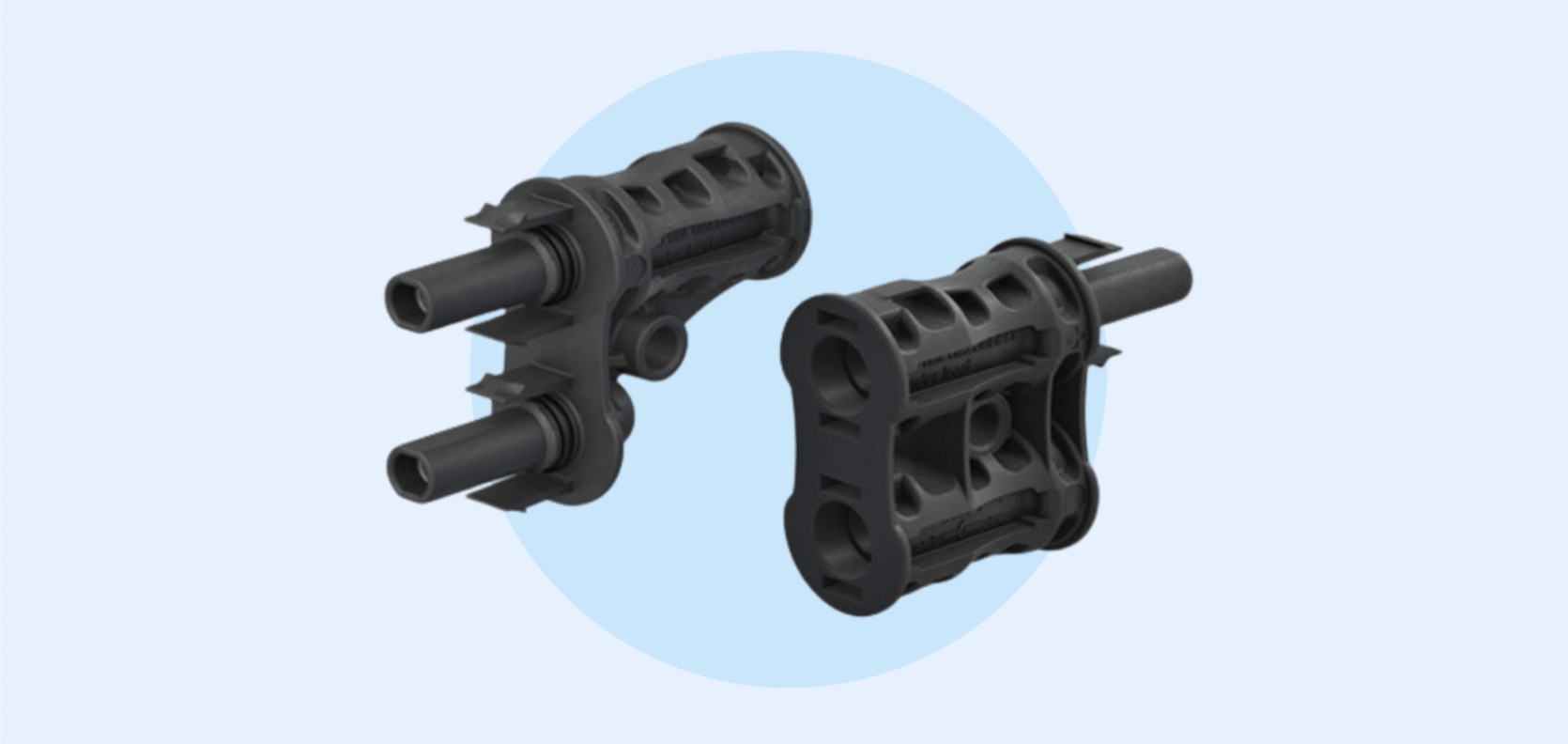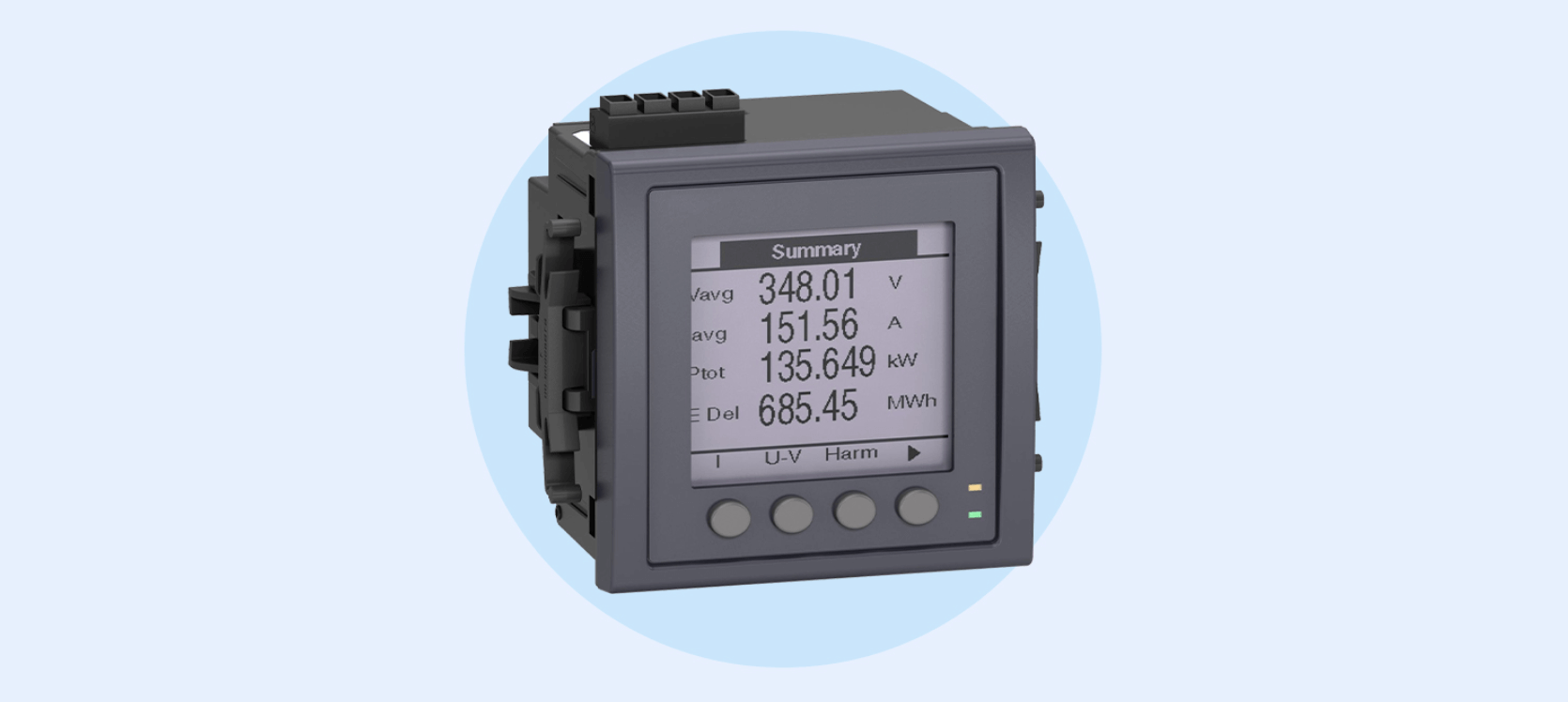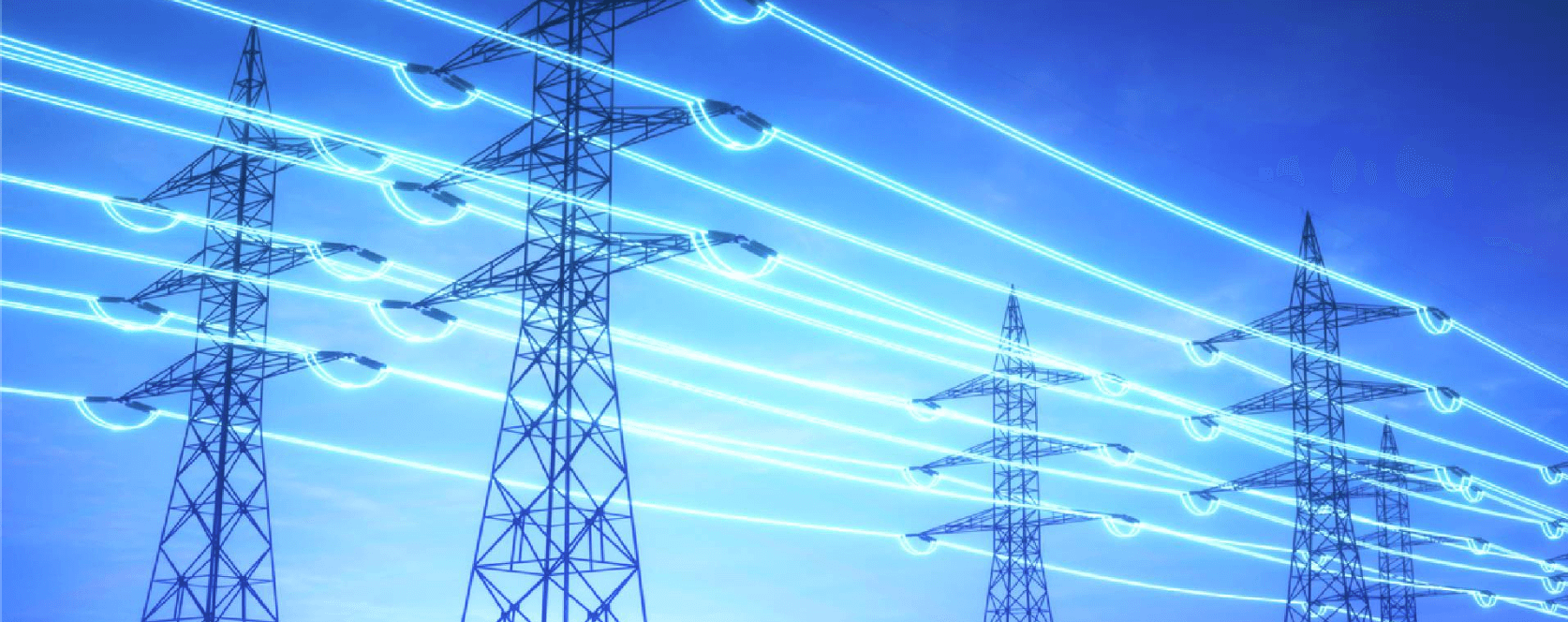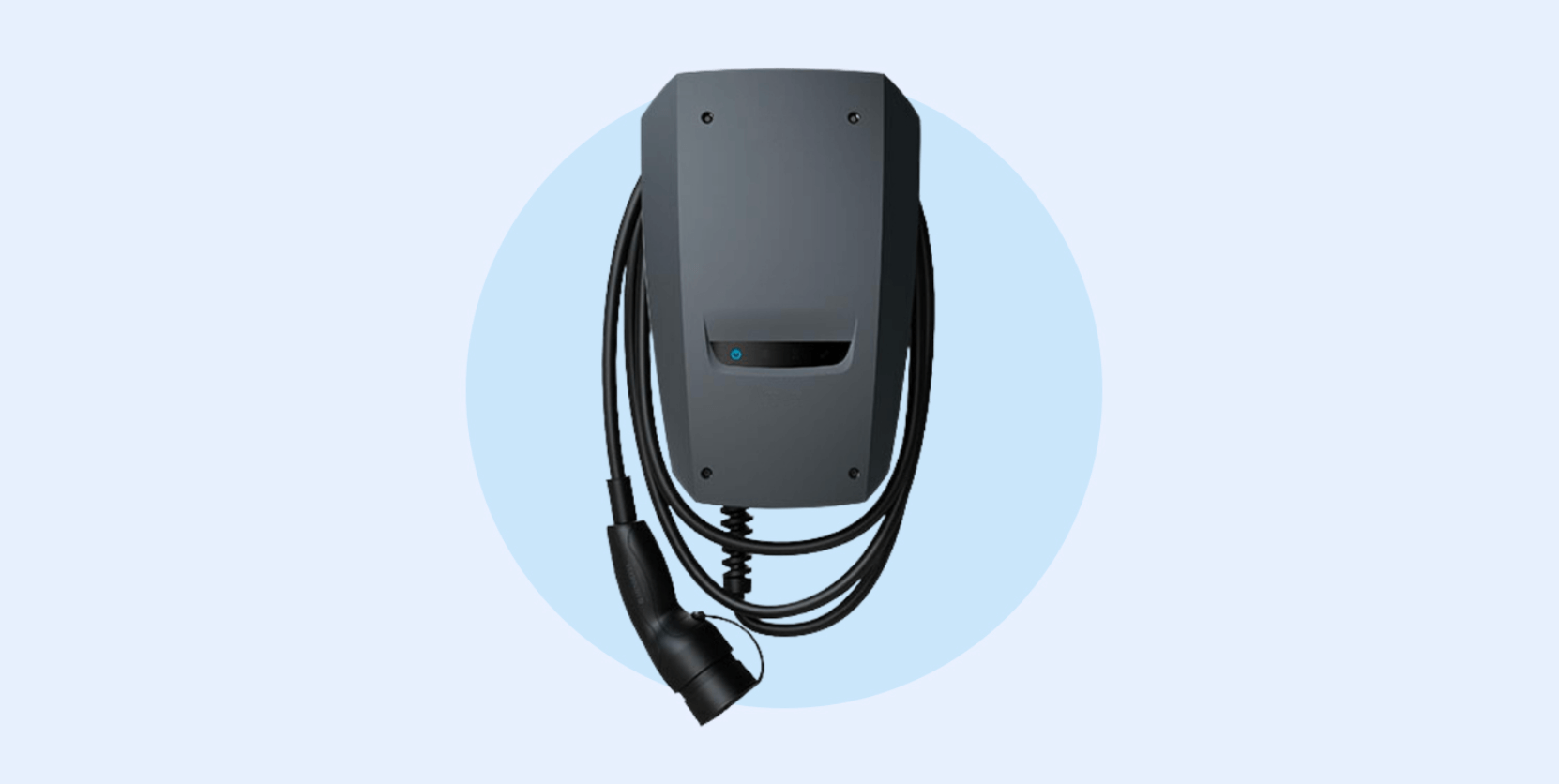System Components
Photovoltaic Panels
Photovoltaic (PV) panels, also known as solar panels, are devices that convert sunlight into electricity. PV panels are a key component of photovoltaic systems, which are increasingly used to generate electricity for residential, commercial, and industrial purposes.


Inverter
Inverters convert the direct current (DC) electricity generated by the photovoltaic panels into alternating current (AC) electricity, which is the standard form of electricity used in homes, businesses, and the power grid. In addition to converting DC to AC, modern PV inverters often include other features such as maximum power point tracking (MPPT), which optimizes the performance of the solar panels by ensuring they operate at their maximum power output regardless of variations in sunlight intensity or temperature.
Connection Cables
Connection cables are the type of cables specifically designed for use in solar energy systems. They are typically UV-resistant and capable of withstanding outdoor environmental conditions. PV cables are used to connect solar panels to each other, as well as to other system components such as inverters, charge controllers, and combiner boxes.


Connectors
Connectors are the components used to facilitate the electrical connections between solar panels, inverters, wiring, and other system components.
These connectors play a crucial role in ensuring efficient and safe electricity transmission within the system. Most common connectors are MC4 connectors, DC and AC cable connectors, fuse connectors, grounding connectors and terminal blocks.
Utility Meter
Utility Meter is a device used to measure and record the electricity usage of the system. Some types include net meters, bi-directional meters and smart meters.


Utility Grid
A utility grid, also known as an electrical grid or power grid, is a network of power generation, transmission, and distribution infrastructure that delivers electricity from power plants to consumers.
Storage Batteries
Storage batteries in photovoltaic systems, also known as solar batteries, are the devices used to store excess electricity generated by solar panels during periods of sunlight for later use. These batteries enable PV system owners to store energy when it’s abundant and use it when needed, even when solar generation is not available, such as during nighttime or cloudy weather.


EV-Charging Stations
EV-Charging stations, also known as electric vehicle supply equipment (EVSE) or charging points, are infrastructure facilities designed to recharge electric vehicles. These stations provide the necessary electrical connection for EVs to recharge their batteries, allowing drivers to replenish their vehicle’s energy while parked.

